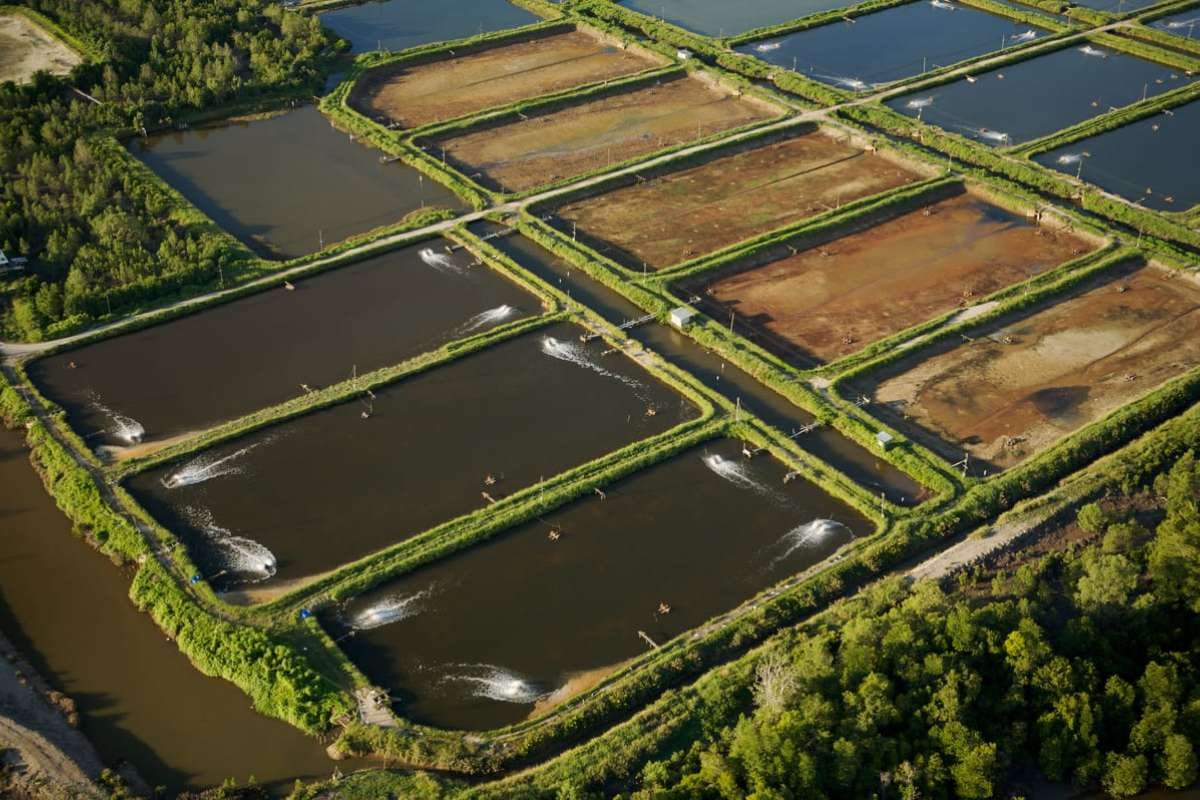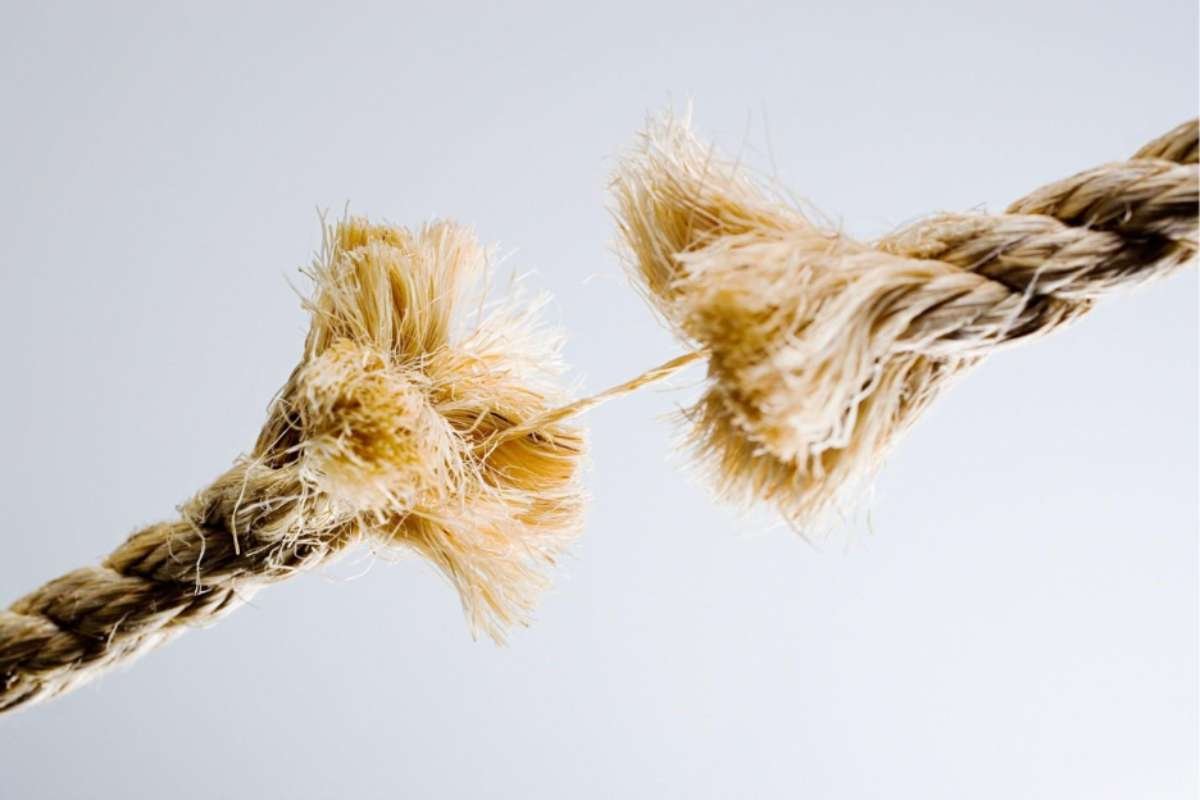Women in aquaculture are indispensable to the industry worldwide. According to the Food and Agriculture Organization of the United Nations (FAO), they make up half of the sector’s overall workforce, particularly in small-scale and artisanal operations. Yet their roles are often undervalued despite their contributions. Many women work in post-harvest processing, sales, and other informal or unpaid capacities, while men dominate leadership positions and decision-making. Gender-based barriers, including wage gaps, limited access to resources, and restricted career progression, further entrench these inequalities.
Gender equality in aquaculture is not just a matter of ethics—it is essential for the industry’s growth, sustainability, and long-term success. Indeed, women are actively shaping the future of aquaculture with their contributions to technological innovation, environmental sustainability, and economic development. Their participation strengthens global seafood supply chains and fosters more resilient and inclusive communities.
Recognising the importance of women in aquaculture is not enough; their contributions must be fully integrated, supported, and valued. Read on to explore how women are influencing and transforming the industry and discover why their involvement is a fundamental pillar of global aquaculture.
Women Support Innovation in Aquaculture Technology and Business
As aquaculture expands to meet global seafood demand, technology plays an increasingly vital role in improving efficiency, sustainability, and productivity. From hatchery management to smart farming systems, innovations are reshaping the industry—and women are at the forefront of these advancements.
Across different regions, female entrepreneurs and researchers are developing solutions that enhance aquaculture practices. They are leading efforts to refine breeding programs, improve disease management, and introduce alternative feed sources that reduce reliance on wild fish stocks. Moreover, women-led businesses are creating new opportunities in seafood processing, packaging, and value-added products to drive economic growth in the sector.
Infrastructure innovations are another area where women in aquaculture are making a significant impact. Modern aquaculture requires feed and water to be distributed effectively and typically makes use of durable piping systems to maintain optimal conditions. In many large-scale fish farms, floating pipe systems help deliver nutrients efficiently while preserving stable water quality. These pipelines, which are supported by high-quality pipe floats, are crucial in keeping them operational and preventing damage in fluctuating water environments. While this aspect of aquaculture may not always be in the spotlight, it underscores the importance of technological advancements that women are increasingly involved in—whether as engineers, farm operators, or supply chain specialists.
Women Advocate for Gender Equity and Better Labour Rights

Women’s cooperatives, advocacy groups, and international organisations are constantly working to improve conditions in the aquaculture industry. Across various countries, female-led networks are pushing for equal pay, better working conditions, and improved access to training and resources. These efforts extend beyond policy changes—they also include grassroots movements that support financial independence for women in aquaculture, such as microfinance programs and women-run seafood businesses.
There is also a growing push for gender-transformative approaches in aquaculture policies. Rather than simply absorbing women into existing systems, these approaches seek to reshape structures to be more inclusive and equitable from the ground up. By addressing the root causes of gender-based barriers—such as cultural norms, legal restrictions, and workplace discrimination—women’s advocacy efforts are laying the foundation for a fairer and more dynamic aquaculture sector.
Women Are Driving Sustainable and Responsible Aquaculture Practices

Women are increasingly taking the lead in addressing environmental challenges facing the aquaculture sector, such as habitat destruction, overuse of resources, and pollution from fish farms. They are often at the forefront of championing sustainable practices that reduce environmental impact, all while ensuring aquaculture remains productive for future generations.
For instance, many women are leading efforts in integrated multi-trophic aquaculture (IMTA), a system that mimics natural ecosystems by farming multiple species together in a way that minimises waste. Others within women in aquaculture are heavily involved in seaweed and shellfish farming, which require no external feed and help improve water quality. These low-impact farming techniques contribute to both economic resilience and marine ecosystem health.
Women Contribute to Economic Growth and Food Security

Aquaculture is a cornerstone of global food security that provides a vital source of protein for millions of people. The participation of women in the industry strengthens this food supply chain while also improving household incomes and community livelihoods. In many regions, female-run aquaculture enterprises are empowering entire communities by creating jobs, fostering economic independence, and increasing access to nutritious seafood.
Women are particularly influential in small-scale aquaculture, which supplies much of the seafood consumed in developing countries. Their involvement in fish farming, processing, and trade helps to stabilise local economies and provide a reliable source of income for families. Many women-led initiatives focus on producing affordable, high-quality seafood for domestic markets, which in turn reduces reliance on imports and improves food security in vulnerable populations.
The future of aquaculture hinges on inclusivity, innovation, and sustainability—all of which are significantly enhanced by women in aquaculture’s contributions. Fully integrating women into the industry is thus not just a matter of equity but a necessity for its continued success. It’s in recognising and supporting their role at every level that aquaculture can become more resilient, efficient, and capable of meeting the world’s growing demand for seafood.









